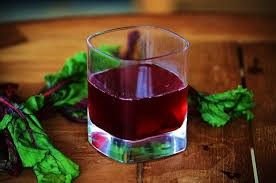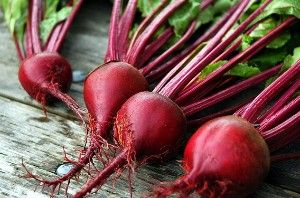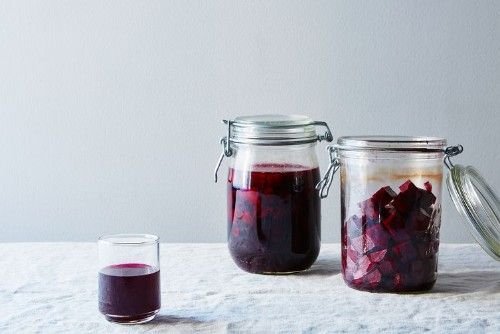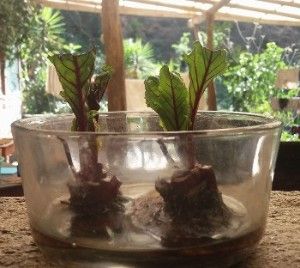
1. Lacto-Fermented
Lacto fermentation refers to anything fermented through the Lactobacillus bacteria, which converts sugars into lactic acid and creates an environment inhospitable for all kinds of other nasty bacteria that you don't want in your food. This preserves it for longevity and conveniently adds a ton of health benefits! Its dairy-sounding names comes from the fact that is was first studied in milk ferments, but it can be used to ferment all sorts of things including fruits and vegetables. Benefits of lacto-fermentation include increased digestibility, preserved or increased vitamin and enzyme levels, and support for your gut health due to all the probiotics contained in lacto-fermented foods and drink. Of course, gut health is a popular topic these days, as we are realizing the link between proper gut health and overall health and well-being. Two major areas in which fermented foods can help us are in strenghtening our immune system and improving mood and behavior, among other benefits.
So, how do you get lacto bacillus? That's the best part! It's naturally present on fruit and vegetables all the time. But what with all the other competing bacteria and yeasts out there (not to mention cooking . . .) lacto bacilli usually don't get their time to shine. Creating the conditions for lacto bacilli to thrive is as easy as mixing salt water. Yup, these guys enjoy an environment way saltier than most anything else can stand. So just mix up some salt water, throw in your clean veggies, and wait. Within a few days you'll notice little bubbles, which are the sign that the lacto bacilli are doing their thing.
2. Beets

Beets were developed by German gardeners in the Middle Ages. Long valued as a blood tonic, they are rich in calcium, iron, magnesium, and phosphorus, as well as carotene, B complex and vitamin C. Beets are so concentrated, nutritionally speaking, that many natural vitamins are derived from them. Dr. Bruce West recommends eating a few spoonfuls of beets per day--either raw, fermented, or cooked-- as a sure method of ingesting adequate vitamins and minerals on a regular basis and as a way of detoxifying the body as well. Beets and their tops contain special substances that protect the liver and stimulate the flow of bile. Beets and beet juice have been used successfully in cancer therapies.
I think you get the point . . . including beets in your diet is a no-brainer.
3. Lacto-Fermented Beet Kvass
If both lacto-fermented foods and beets are so amazing, why not combine the two? Beet kvass does just that, and you can make in in your kitchen in approximately 5-10 minutes. Here's how:

Beet Bonus!

Very interesting article and will hopefully have the opportunity to have a go this year with home grown organic beetroot @colleenthurber.
Last year I made a batch of sauerkraut (fermented cabbage). The process you describe sounds like a little less effort.
Downvoting a post can decrease pending rewards and make it less visible. Common reasons:
Submit
Yes, definitely less effort than shredding all that cabbage
Downvoting a post can decrease pending rewards and make it less visible. Common reasons:
Submit